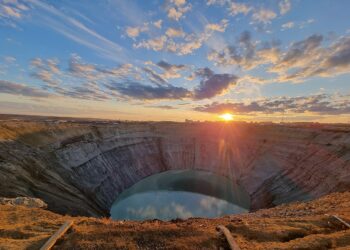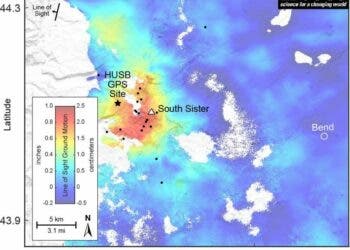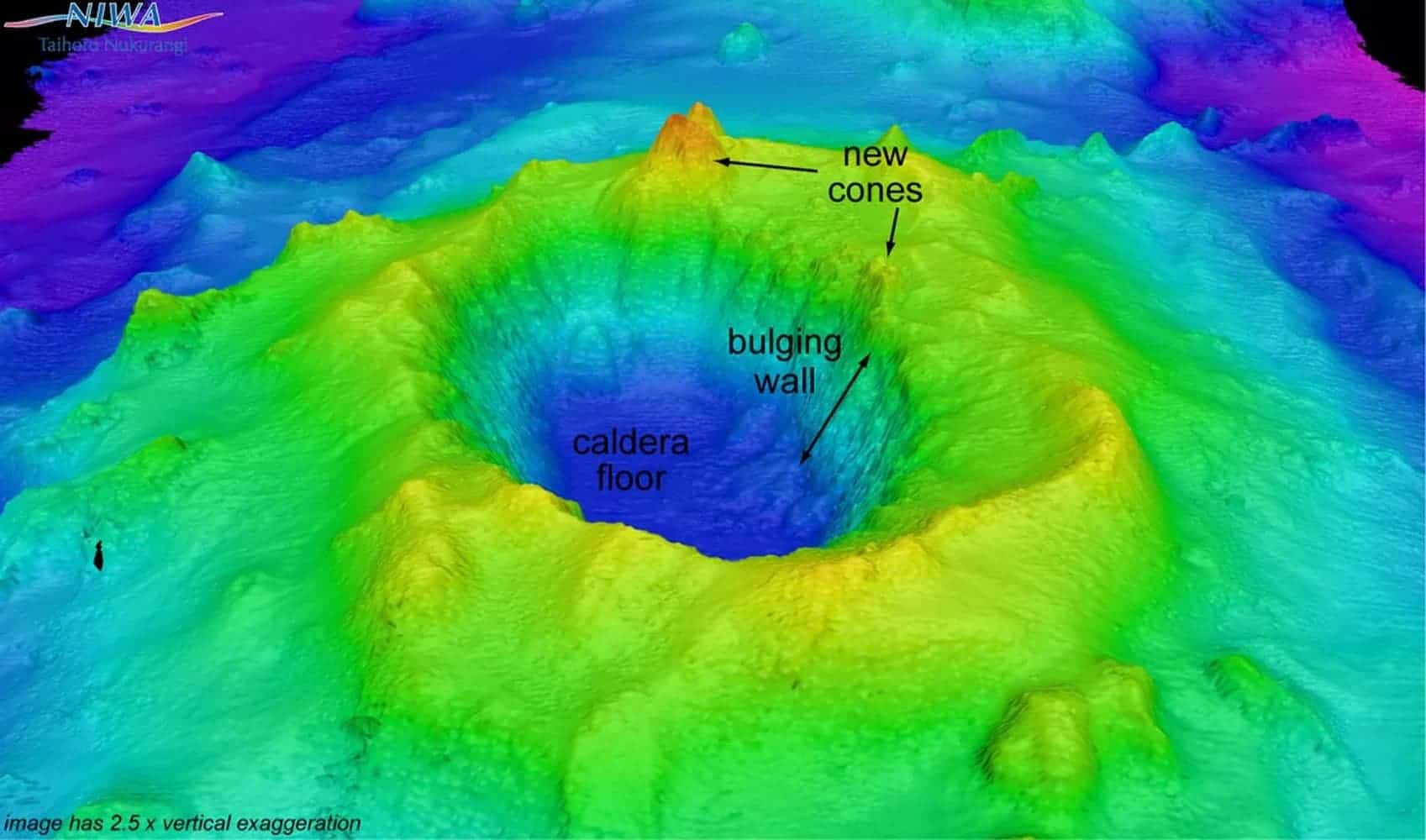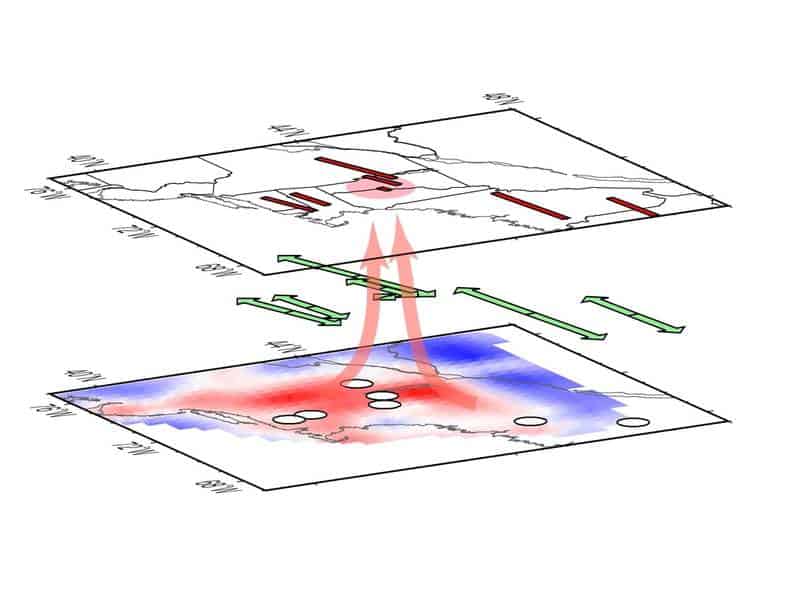What do volcanic eruptions, oil spills, sewages and chimneys all have in common? Not much at a first glance – but if you ask Peter Baines, a scientist at the University of Melbourne in Australia, they are tightly connected; in all these events, a fluid rises into a environment stratified by density (like the atmosphere or the ocean).
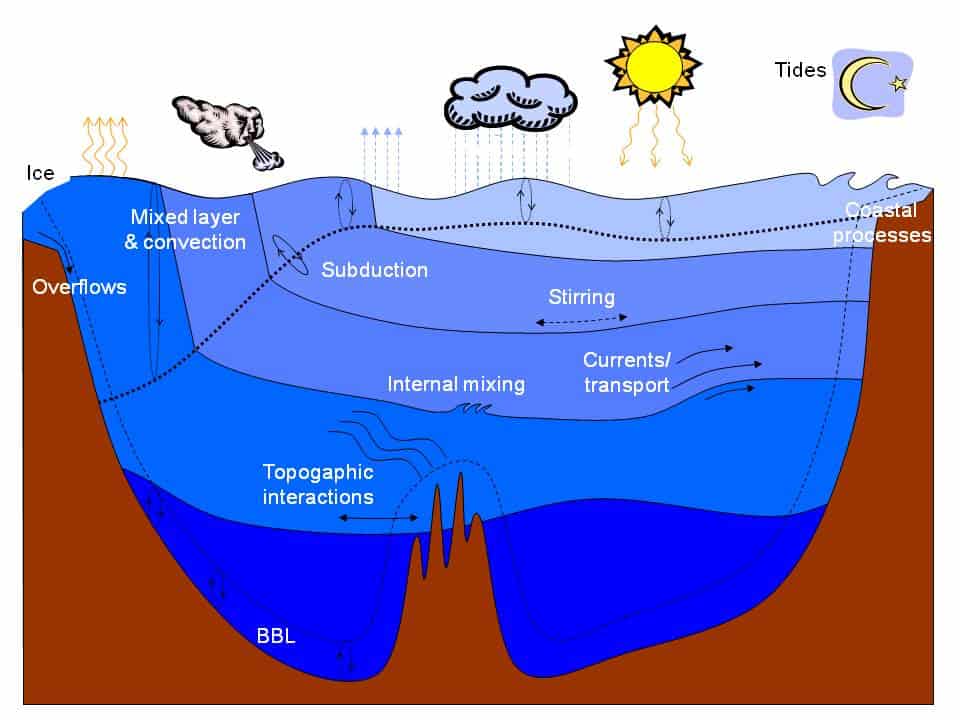
It’s not the first time scientist attempt to model these events (intrusions), but it is the first time a new element is added – the crossflow caused by winds and currents. Banes thought the most useful application of his work is estimating how much ash will pour out of a volcano, and how much oil will gush as a result of a spill. Baines is now working with volcanologists in Britain to apply his model to historic eruptions and see if it adds up. He focused on the Late Campanian Event and the Toba supereruption that occurred around 73,000 years ago in Indonesia. Using information derived from sedimentary deposits of ash and tuff, geologists are trying to estimate the amount and speed of ejected material, and see if it fits with what Baines ‘predicted’.
“Most of what we know about prehistoric eruptions is from sedimentary records,” said Baines. “You then have to try to infer what the nature of the eruption was, when this is the only information you’ve got.”
To understand how intrusions work in a stratified environment in the presence of crossflows Baines developed what he calls a semi-analytical model: he did begin with standard fluid dynamics equations, but then he used numerical calculations to approximate solutions for specific combinations of source flow, spread rates, crossroad speed and direction – he reached quite an interesting conclusion: under normal wind speeds, the intruding fluid reached a maximum thickness at a certain distance upstream from the source, and thinned in the downstream direction. The distance to the upstream stagnation point depended much more on the rate of source flow than the crossflow speed. Now, it remains to be seen if this theoretical model will pass the practice test.
